Moglex
TPF Noob!
- Joined
- Jun 13, 2008
- Messages
- 581
- Reaction score
- 0
- Location
- Whitstable
- Can others edit my Photos
- Photos OK to edit
See what I'm saying? How is the tone mapped JPEG any kind of representation of the HDRI. The non-tone-mapped jpeg looks more like the HDRI. HDR files just give you lots more exposure latitude - it's nothing to do with squashing multiple exposure levels into a single display gamut.
The problem with what you are saying is this:
There are now two completely different meanings to HDR.
They share part of the processing but the photographic HDR does more.
Unless people such as yourself and Helen B start creating a problem where none exists there is no confusion between the two.
The HDR that you are talking about (let's call it 'scientific HDR) is completely useless to photographers as your far right shot above demonstrates.
The term that photgraphers (and the makers of HDR software) refer to applies to a necessarily more complex process that enables the display of an image with a greater range of luminosity than the output device can handle by effectively 'cheating'. That is to say that what you see is not an accurate rendition of the scene as it was lit. But that's hardly anything new for photography, is it?
My piece about HDR from a photographer's perspective explains what is happening by using a scaled up manual example.





![[No title]](/data/xfmg/thumbnail/31/31011-439c1242fe08cf6b54f32bf06523a567.jpg?1619734567)
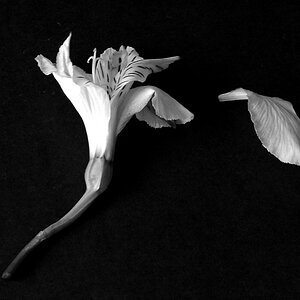
![[No title]](/data/xfmg/thumbnail/39/39184-d7e9fb25ed954af6adbcacfdf106df84.jpg?1619738904)
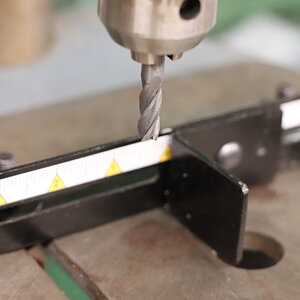
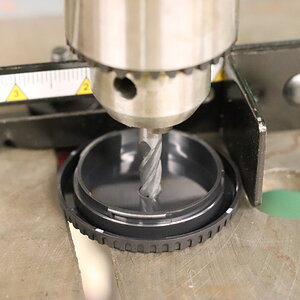
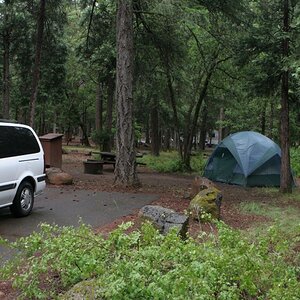
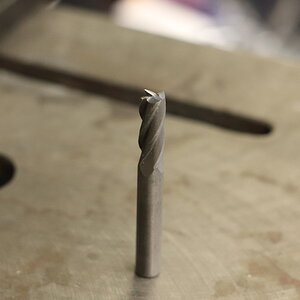


![[No title]](/data/xfmg/thumbnail/36/36395-66eaff4565ecf4245f13a9c469a9273b.jpg?1619737548)